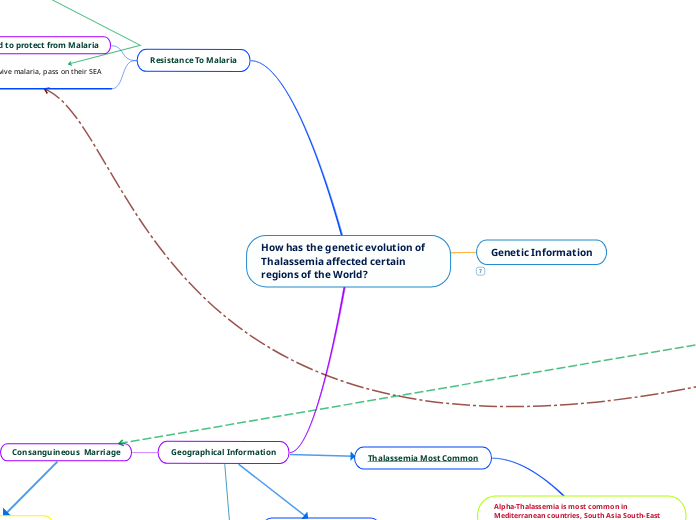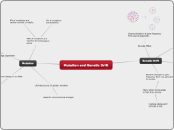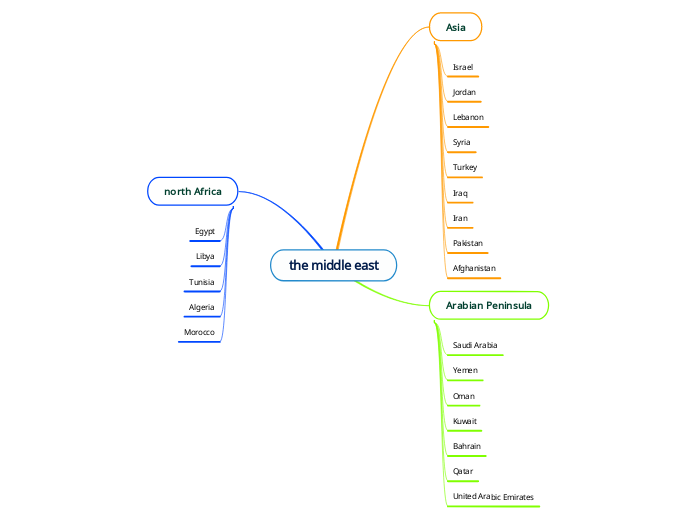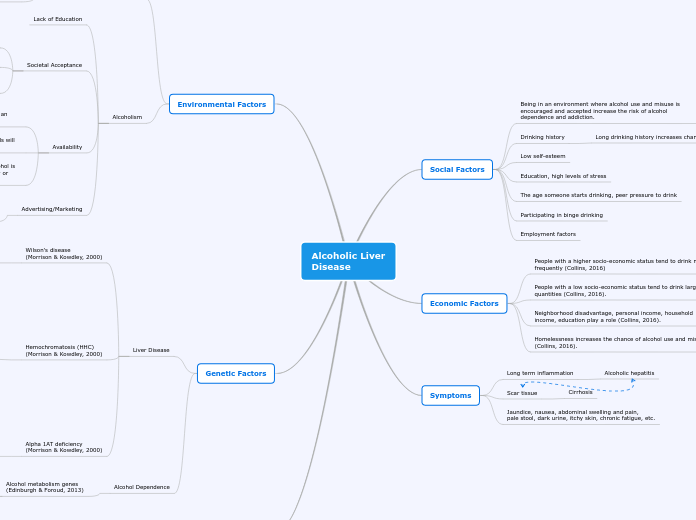Genetic Bottleneck
World War 2
After the second World War, population of non-thalassemia carriers has reduced significantly
Resulted in higher quantities of individuals who are affected with thalassemia or are carriers
Malaria is most common in Africa, South Asia, Southeast Asia, and the Middle East
Malaria Most Common
Alpha-Thalassemia is most common in Mediterranean countries, South Asia South-East Asia, and Africa
Thalassemia Most Common
In high frequency countries
Increases gene frequency for recessive disorders
Results in High Gene Pool allele for thalassemia
Thalassemia changes the shaping of the hemoglobin, therefore prevents malarial parasites from binding to red blood cells
Theorized that without malaria, genetic gene pool of thalassemia would not carry on
Chromosomes Affected
Beta Thalassemia: Chromosome 11 is affected
Alpha Thalassemia: Hemoglobin genes
HBA 1 and HBA 2 are affected on chromosome 16
Passed from parent to offspring
Autosomal Recessive
Deletions of HBA1 and/or HBA2 happens to occur in most cases of αlpha-thalassemia
Beta thalassemia is caused by mutations in the hemoglobin beta (HBB) gene
How has the genetic evolution of Thalassemia affected certain regions of the World?
Geographical Information
Consanguineous Marriage
Meaning
Marriage between individuals who are closely related (Usually first or second cousins, rarely incest)
Resistance To Malaria
Individuals who survive malaria, pass on their SEA allele to offspring
Mutation occurred to protect from Malaria
Children with alpha thalassemia adapted to loss of red blood cells associated with malaria
Genetic Information
Phenotypes
Facial Bone Deformities
Fatigue
Pale/ Yellowish skin
Affected Mutations
How does thalassemia occurs?
Inheritance









